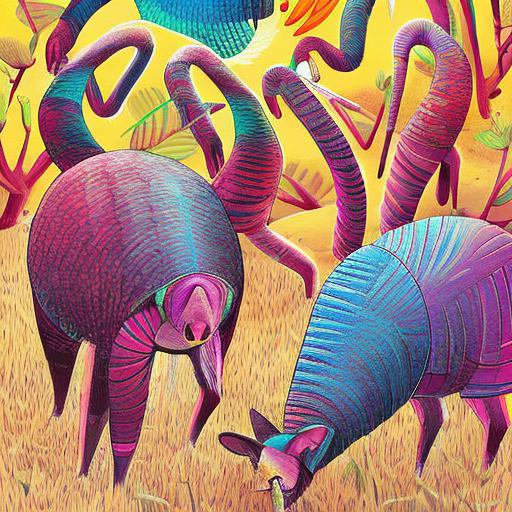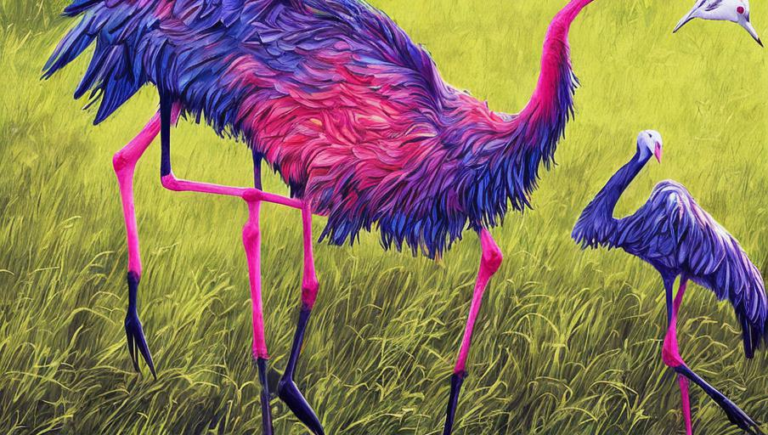The Social Behaviour of the Aardvark

Introduction
The aardvark is a solitary, nocturnal mammal native to Africa, belonging to the Orycteropodidae family. It is the only living species in the order Tubulidentata and is easily recognizable by its elongated snout and long, thin ears. Aardvarks are also equipped with powerful claws which they use for digging and foraging for food.
Social Behaviour
The aardvark is a solitary animal, which means it prefers to be alone. It only meets other aardvarks during the mating season or when it is disturbed. Aardvarks are usually silent animals, but they can produce loud grunts and snorts when they feel threatened. They also communicate through scent marking, which they do by urinating and depositing secretions from their anal glands.
Though aardvarks are solitary, they are not anti-social. They can be seen in groups at the same waterhole or termite mound. They will also cooperate with other aardvarks to defend a food source, such as a termite mound, from intruders. Aardvarks don’t typically stay in one area for long, so they don’t form lasting social relationships.
Mating
Aardvarks are polygamous and will mate with multiple partners during the breeding season. Males will search for females, but the females are the ones that choose their mates. Aardvarks will mate for several days and the female will give birth after a gestation period of seven months. The young aardvarks will stay with their mother for a few months before becoming independent.
Conclusion
The aardvark is a solitary, nocturnal mammal that is found in Africa. It is the only living species in the order Tubulidentata and is easily recognizable by its elongated snout and long, thin ears. Aardvarks are solitary animals, but they are not anti-social and can be seen in groups at the same waterhole or termite mound. They are polygamous and the female aardvarks are the ones that choose their mates. Aardvarks communicate through scent marking and will cooperate with other aardvarks to defend a food source from intruders.





